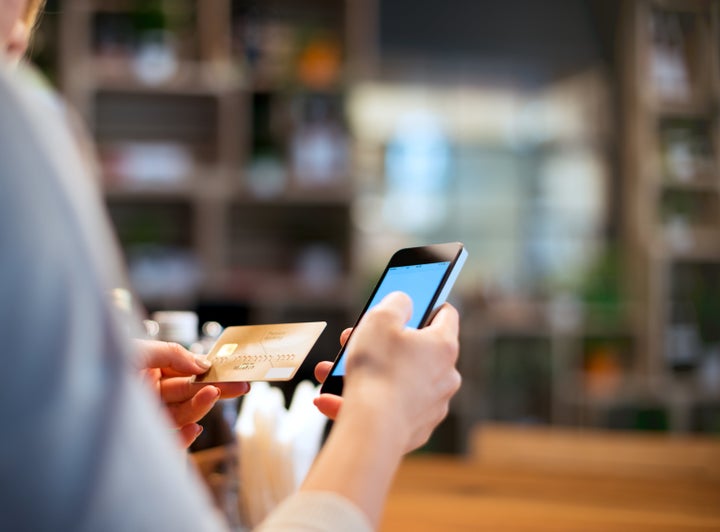
It’s a cliché at this point to say that social media is the new town square. It’s where we talk with friends, acquaintances, lovers and strangers. And there’s one other way social media is like the town squares of old — it’s where activism happens.
Pre-digital, if the issue you were trying to address was urgent — well, better get a horse and a lantern, because Paul Revere-ing it was the way to go. In the physical world, groups with hazy, ill-thought out causes stumble in the darkness, while activist groups who know how to advance their causes and get their voices heard.
Thankfully, with the advent of social media, that’s no longer true and coalitions of like-minded people can form in days — or even hours. One of the common misperceptions against online activism is the idea that that’s where it stays: online. In reality, it creates communication on a global scale. And like everything, we can use it for evil — spreading fake news and propaganda — or we can use it to improve the world.
Detractors have the idea that people will feel that after hitting “Share” or “Retweet,” the job is done. Thankfully, reality doesn’t bear that out.
Hardwiring for Social Activism: Then and Now
The dissemination of information has always been one of the most important weapons for social justice. WIRED magazine reports on the 1960s version of #BlackLivesMatter (BLM), known as the WATS reports.
Civil rights workers in the Deep South who saw something would place reports with national-level civil rights organizations. This was before national toll-free numbers, back in the day of switchboard operators — real people who would patch your call through. If you tried to call the national office, you might reach a switchboard operator who disagreed with you and blocked your call.
Enter the WATS line. WATS stands for “Wide Area Telephone Service,” which was a direct line to satellite offices of the organization. Workers in those offices would copy down the report, compile it with other reports from the same region and mimeograph them. The mimeographs would then be mailed out to the media, the Justice Department and anyone else who would be interested.
What’s Working: #BlackLivesMatter
As in meatspace, otherwise known as the physical world, online activism takes many forms. Online we see that with easily-debunked Facebook shares on one end by actual, crowd-sourced fact-checking — and on the other, the highly effective BLM movement.
DeRay Mckesson is one of the leading voices of BLM. Even though he’s not a founder of the movement, he’s been able to use his platform to report from BLM protests around the country.
In an interview with AdWeek, Mckesson says, “Over the past two years, we have created a critical mass of people who acknowledge there's a problem.” And, of course, if we know about a problem, it’s human nature to want to work to fix that problem.
And that’s the glorious thing about the combination of human nature and social media. Prior to the Internet, word had to spread from person-to-person. Once you got enough people on your side, you might be able to parlay that to a larger platform — but it could take ages.
BLM illustrates the ability for social media to provide a megaphone for disenfranchised communities. Mckesson says:
“As people of color, we've always seen issues of erasure… either the story is never told or is told by everybody but us. [In BLM] we were literally able to push back against the cultural emeritus… There was no longer a filter for what was news. We got to make news, and we got to talk to each other. So not only were we sort of combating larger narratives, but we were going to build community and build relationships with each other in ways that we didn't have a tool to do before.”
In contrast, today it takes just a click to share information from people you trust. When Mckesson first went to Ferguson to report on the protests, he had only 800 Twitter followers. But due to his reliable reporting, he quickly became a powerful voice for the BLM movement. Today, he has over 627,000 followers.
That’s why, with the rise of BLM, we’ve heard the common refrain from white progressives that they didn’t realize things were that bad. It’s not that police violence against people of color is on the rise — it’s just that more people could report on it now to a new, larger audience that’s online at any given moment.
Campaign Zero, the activist group co-founded by Mckesson, was able to use Twitter to recruit 18,000 volunteers — and ultimately change the Orlando, Florida police department’s policies about force. Likewise, the incoming mayor of Sacramento, California has proposed adopting Campaign Zero’s use-of-force recommendations. They even had influence on the national stage; Campaign Zero advised Hillary Clinton on her Presidential platform.
What We’re Doing for LGBTQ
As the president of the gay social networking app Hornet, I feel strongly about using our platform for good. With 15 million users, that’s a pretty big platform. That’s why we’ve launched initiatives like Blue Ribbon Boys, encouraging our users to get tested for HIV and breaking the HIV stigma. We’ve also been involved with the World HIV Day campaign, and we donate money and work with LGBTQ Pride organizations around the world. We’ve also partnered with #ResistMarch for LGBTQ in Los Angeles to provide logistical information to users who want to take part in the June 11 protest march against discriminatory practices stemming from the Trump administration.
We’re no longer in an easy place where passive activism suffices to affect change. We’re all in this together — let’s fight!
